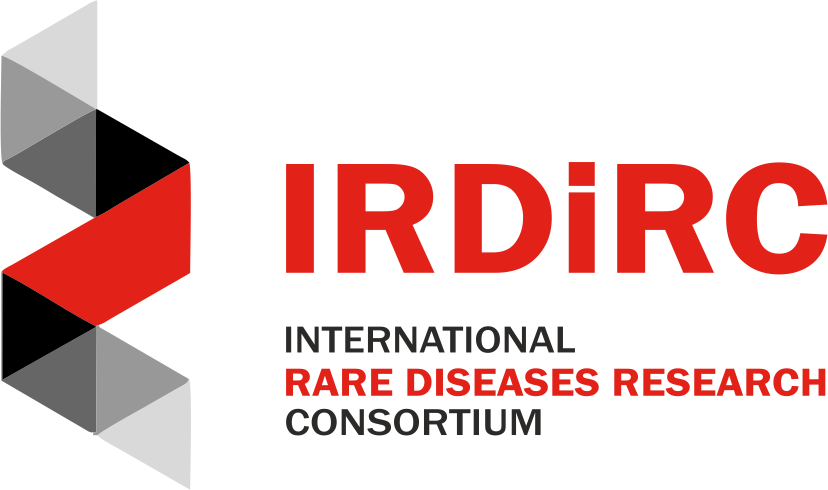Introduction
With the introduction of high-throughput methods of large-scale mutagenesis, followed by the large-scale functional assessment of induced variation, and supported by computational methods, new horizons open up. Multiplexed assays of variant effect (MAVE) and the application of CRISPR/Cas9 or RNAi for gene disruption and multi-omics for the screening of functional biological impacts provide the means for proactive, large-scale, functional assessment of genome and their variation, including the development of variant effect maps for basic and clinical research communities. However, there needs to be more guidance on applying these novel methods, required infrastructure, and standards to the field of rare diseases (RD) that are frequently characterized by ultra-rare or unique private mutations.
Objectives
- Foster further development, standardization, and quality improvement of the experimental and computational methods of functional assays and their uptake by the RD research community and clinical practice.
- Foster ecosystem building, infrastructure development and partnerships for the effective chain from fundamental research to clinical applications of functional assays.
- Foster equity in RD diagnostics and treatment through the application of indiscriminative multiplexed assays of variant effect and variant effect maps to the fundamental research and clinical practice in rare diseases).
Timeline
- Recruitment and Assembly of the Task Force Members (Q1 2023)
- Task Force meetings to further refine the scopes, objectives, and outcomes of the Task Force (Q2-Q3 2023)
- Workshop (Q1 2024)
- Publication (Q2 2024)
Members (21)
- Gareth Baynam – Rare Care Centre, Australia (Co-Chair)
- Biruté Tumiene – Vilnius University Hospital Santaros Clinics, Lithuania (Co-Chair)
- David Adams – National Human Genome Research Institute (NHGRI) at NIH, USA
- Robert Allaway – Sage Bionetworks, USA
- Maria J. Barrero – Spanish Institute of Health Carlos III (ISCIII), Spain
- Kym Boycott – University of Ottawa and CHEO Research Institute, Canada
- Chun-Hung Chan – Sanford Research, USA
- Victor Faùndes – University of Chile, Chile
- Vanessa Fear – Telethon Kids Institute, Australia
- Polina Feldman – Chan Zuckerberg Initiative, USA
- Claudia Fuchs – REMEDI4ALL and EURORDIS, Italy
- Tudor Groza – European Bioinformatics Institute (EMBL-EBI), UK
- Elisa Houwink – Mayo Clinic, USA
- Saumya Shekhar Jamuar – KK Women and Children’s Hospital, Singapore
- Shinya Yamamoto – Baylor College of Medicine, USA
- Richa Madan Lomash – National Center for Advancing Translational Sciences (NCATS) at NIH, USA
- Ratna Dua Puri – Sir Ganga Ram Hospital, India
- Juergen Reichardt – James Cook University, Australia
- Ruty Shai – Sheba Medical Center, Israel
- Francois van der Westhuizen – North-West University, South Africa
- Gaurav Varshney – Oklahoma Medical Research Foundation, USA

